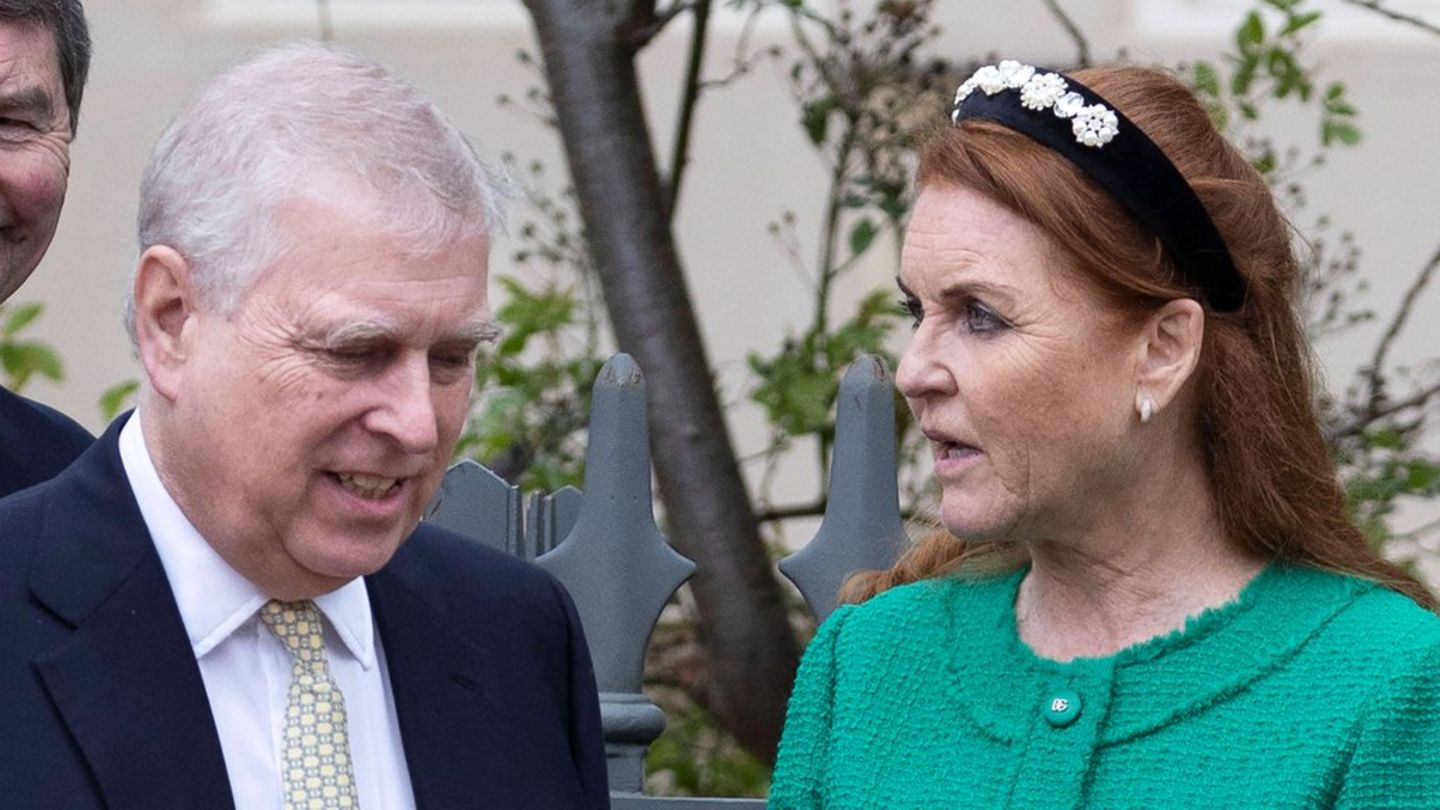This raises questions about what the pass through of said devaluation to the prices of the economy, already overheated. Regarding this aspect, the financial analyst Christian Butler explains that the price correction of dollar “you will have a transfer at prices almost immediate“and believes that commercial opening will be vital to contain “some prices.”
However, he warns that if the remunerated liabilities are transferred to the Treasury, “not only will it increase the effort that the Economy must make to achieve fiscal balance, but will also leave banks overexposed to sovereign risk“, one of lime and one of sand for the future president who will have to tread carefully in this regard.
This will lead, explains Buteler, to an acceleration of inflation and a fall in activity. Thus, he warns that, “If the effort to cut expenses is taken up by greater social assistance, the results in the fiscal accounts will take a while to appear.”
November inflation: the snack of what is to come
Let’s review some numbers that are already being advanced by the private sector for November inflation and that the president-elect promised to lower.
For private companies, last month’s CPI, which will be known on the 13th of this month, will be between 11% and 13%. So, C&T Economic Advisors reported inflation of 11.5% in November. Meanwhile, the Freedom and Progress Foundation (L&P) recorded inflation of 12.6%, while Ecolatina reported 12.7%. For the Study Center Orlando Ferreresfor its part, scored 12.9%, EcoGo bet that it will be 13.4% and Balance projected 11.2%.
In this way, the consultants predict that the year will end with a inflation which will move in a range between 182% and 211%. However, there is a possibility that this figure could increase up to 240% in the event of a significant devaluation, as is expected to happen. That, as said, would have an almost immediate transfer to prices.
From Equilibra they advance that inflation during the presidency of Alberto Fernandez accumulated 916%, which gives a monthly average of almost 5%, above the second term of Cristina Fernández de Kirchner (2.2% monthly) and that of Mauricio Macri’s administration.
Inflation: what will the transfer of devaluation to prices be like?
Despite the euphoria and optimism with which the markets received Milei, the macro situation still fragile and the future administration faces challenges that will require a timing cthus perfect to avoid disaster, as Buteler outlines in the first lines of this note.
Months of sky-high prices, a drop in activity, unemployment and high rates are coming, according to the own definitions of President Milei and his officials.
Regarding inflation, prices will continue marching in double digits. For example, since Econviewsthey just project a slowdown in dynamics in June 2024, when they expect the CPI to mark a 8.5%which will continue to hover around those levels throughout the year and at the beginning of 2025 They predict that it will be at 5%estimates the consultant.
In that context, Lucio Garayeconomist at EcoGo, explains to this medium that the level of “pass through“It will be largely determined by the credibility of the new government and how the first actions it takes develop. For the analyst, everything will depend on the effectiveness of Milei’s stabilization plan.
Garay explains that, if the plan is highly successful, “price changes are likely to be minimal“However, if complications arise, such as turbulence related to devaluation, adjustments in relative prices, the speed of fiscal adjustment and wages, “pass through is likely to be more significant“.
The recent experience after the PASO demonstrated that a devaluation without a clear plan generated a direct impact on prices. For this reason, Garay maintains that, if an unreliable or inconsistent plan is executed, we could face a similar situation.
Dollar 2024.jpg
Next year will be inflationary and will be marked by the devaluation of the peso.
The speed of the fiscal adjustment, the precision in the evaluation of the exchange rate and the coherence of the plan will be decisive. Prudence can help avoid a large “pass through”, while exaggerating the devaluation or creating imbalances could increase it. Adjustments in relative prices, especially in tariffs, They will also be crucial.
For his part, the economist Federico Glustein analyzes that in a globalized economy like Argentina’s, it is likely that a high percentage of the devaluation “is transferred to prices“. If this figure exceeds 50%, “the effect on prices may extend up to three months after the devaluation,” he warns. Many prices will adjust significantly due to this phenomenon, “which may result in a strong initial increase that avoids a decrease in demand”, adapting to the change, Glustein concludes.
Meanwhile, the economist Gustavo Berjoins his colleagues in that the expectation is that “inflation will accelerate in the coming monthsbut even so, if there was an initial official dollar of $650, there would be room to improve competitiveness.” This is because a value of Higher dollar could benefit exports by making local products more attractive in the international market.
In summary, The credibility and coherence of Milei’s plan will be fundamental. A solid, coherent plan can minimize pass through, but if things don’t go as planned and there is turbulence, the impact on prices is likely to be much greater than already expected.
Source: Ambito




